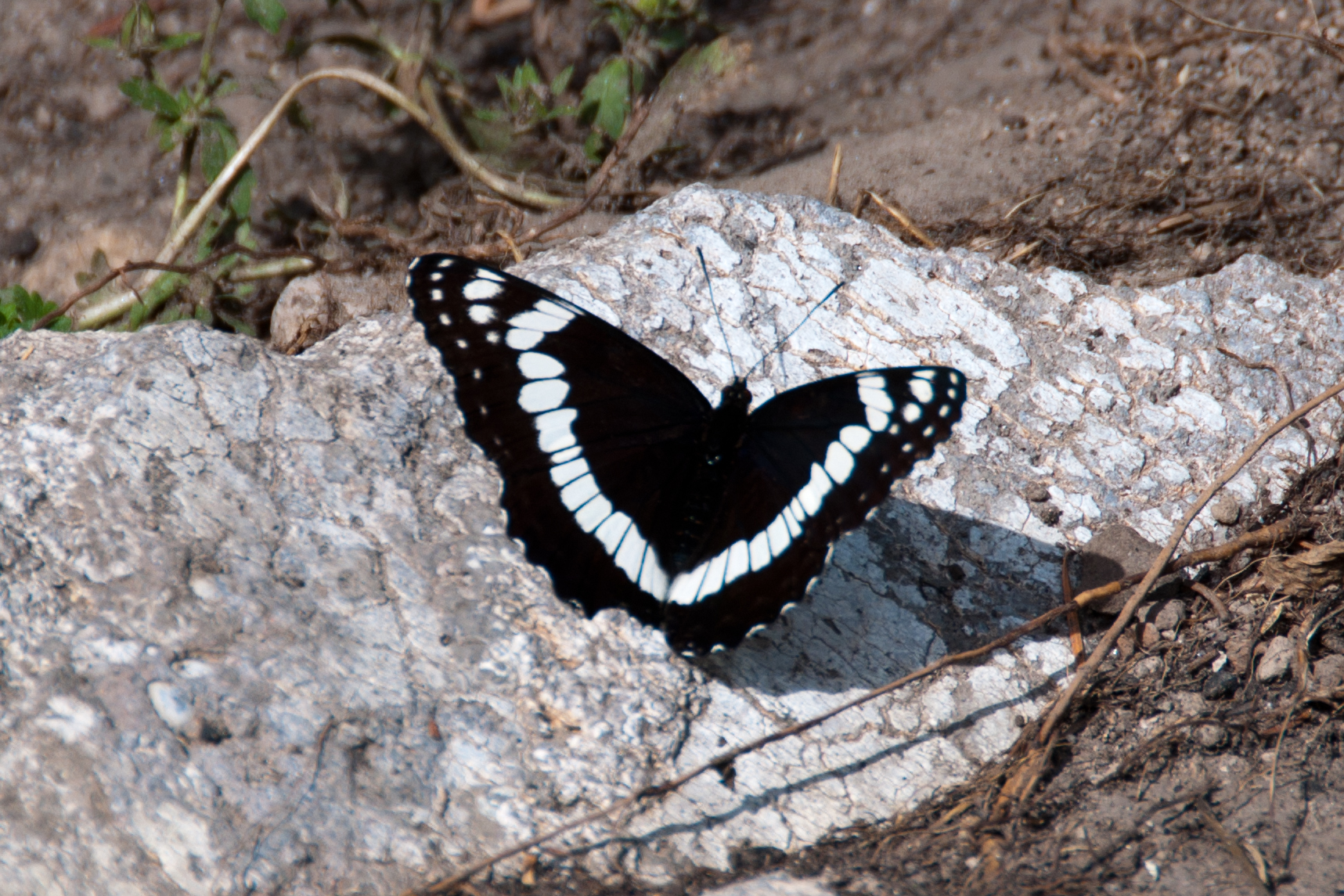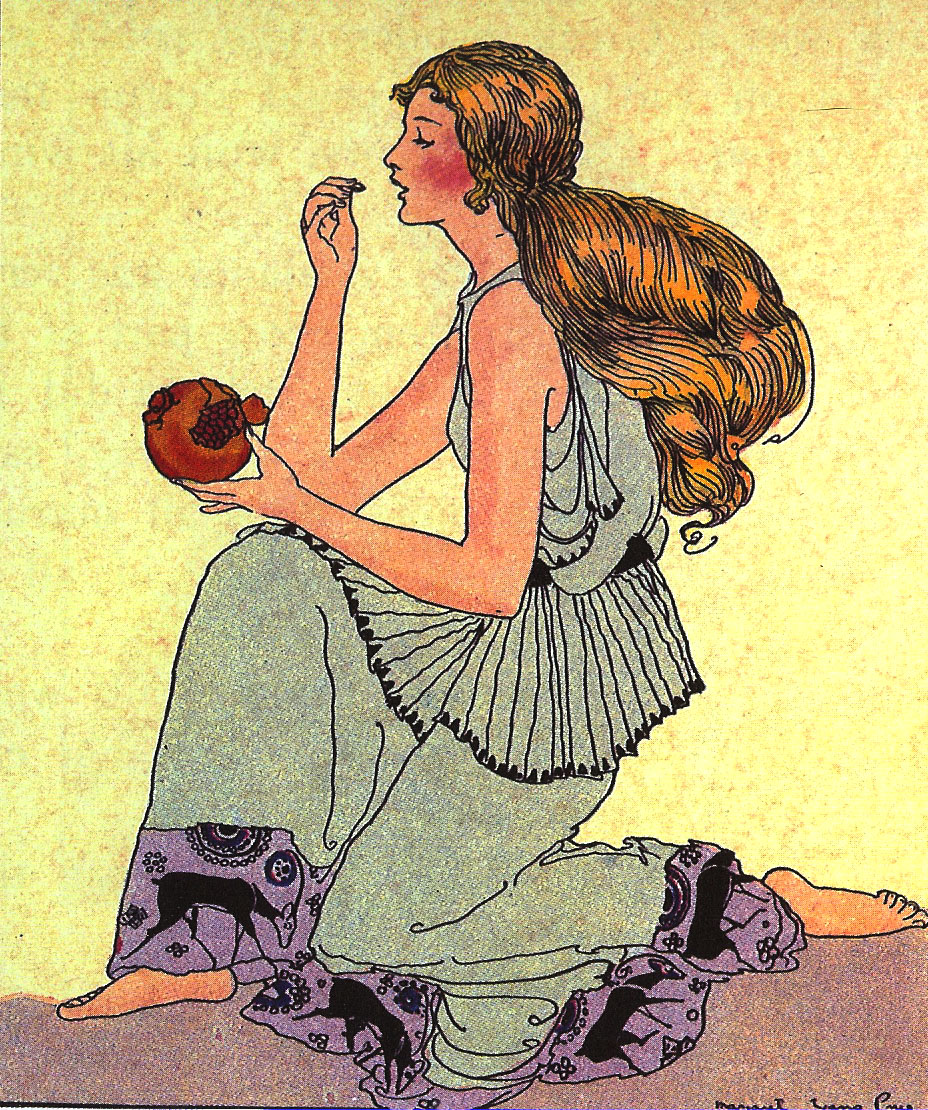Wild mint (Mentha arvensis)
This forb is distinctive and reminds many people of refreshing rejuvenation during hot summer days. A crushed leaf releases a sharp mint smell, and cooking with the leaves of wild mint adds a sharp fresh taste to your food. Keep your eyes open for this strong smelling plant as you walk through moist lowlands or the edges of riparian areas.
Why they Matter to Us
Wild Mint is edible and is a useful foraging food for humans. The compound responsible for it’s distinct smell and taste (Menthol) is used in many products.
Because mint can flower throughout the growing season, it is important food for pollinators.
Mint leaves can be used as a natural treatment for minor ailments from headaches to anxiety.
The Mint plant or its leaves can be used as a natural pesticide or air freshener, and make a nice ground cover in gardens.
How You Can Help
Leave wetlands in their natural state. This will ensure that there is always habitat for Wild Mint to grow in.
Plant Wild Mint in your garden using a cutting from a native plant. Be aware that they grow vigorously!
Support protected areas such as those conserved by EALT!
Avoid the use of pesticides. Some pesticides can reduce the growth of native and beneficial plants and insects.
How to Identify
To identify wild mint, look for these distinguishing features:
All plants in the mint family have square stems, so this is an easy place to start identifying this plant.
Wild Mint can reach 1-2 meters in height.
The leaves are opposite, and the direction that each pair of leaves face alternates along the stem. The leaves are toothed, and have prominent veins and a hairy underside.
To differentiate it from others in this family, it has pale purple flowers cluster on the stem near each pair of leaves. Each flower has 4 petals and one petal is lobed.
Finally, to differentiate Wild Mint from other plants in its family, the easiest distinction from other plants in this family is to crush the leaves or stem. Wild mint will smell strongly of mint.
Where to Find
Mint is found across North America in wet or moist areas. Examples of places you could find Wild Mint include lowlands, wetlands, and edges of riparian zones, in areas that get at least some sunlight. It spreads effectively by rhizomes, and may cover a large area of ground where it is established.
Weidemeyers Admiral by Paul Asman and Jill Lenoble
Food Chain
Wild Mint are primary producers and create food through photosynthesis. They require soil full of minerals, water, and sunlight.
Wild Mint provides food for certain insects including spider Mites, Aphids, Flea Beetles, some butterflies, as well as slugs and snails. This in turn provides food for other forest creatures
Wild Mint also provides an important food source for bees and other pollinators. They collect and use the nectar of the mint flowers to feed their young. Mint can flower throughout summer providing a reliable food source.
Illustration of Persephone, Goddess of the Underworld and wife of Hades. Photo by sandpaper_tiger at flickr.com
Fun Facts
There is a Greek myth behind the naming of the mint genus, Mentha. The story goes that Persephone, Hades wife, turned a nymph named Minthe into a mint plant so that Minthe would not be seduced by Hades.
Historically Mint has been used by a variety of groups to help with a number of ailments including stomachaches, headaches, digestive issues, flatulence, cramps, and stress.
Mint is a deterrent for many animals and insects, including deer, mice and other rodents, mosquitoes, ants, flies, fleas, wasps, hornets, cockroaches, and moths. Either grow a live plant or place crushed leaves where you want to deter insects. Crushed leaves need replacing every few days.
Mint is edible and can be used in many foods, such as jelly, as a herb in many dishes, in sauces, teas, and in other drinks. The Mojito is an Cuban alcoholic drink that normally contains mint.
Menthol is the compound that gives this plant its characteristic aroma and taste. It is added to many items today including chewing gum, toothpaste, lozenges, and cosmetics.





